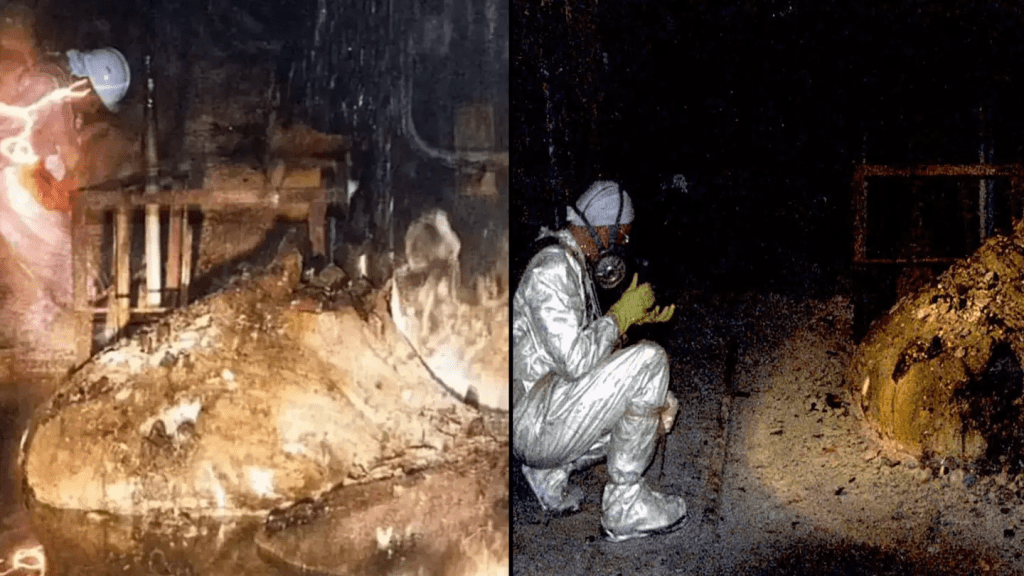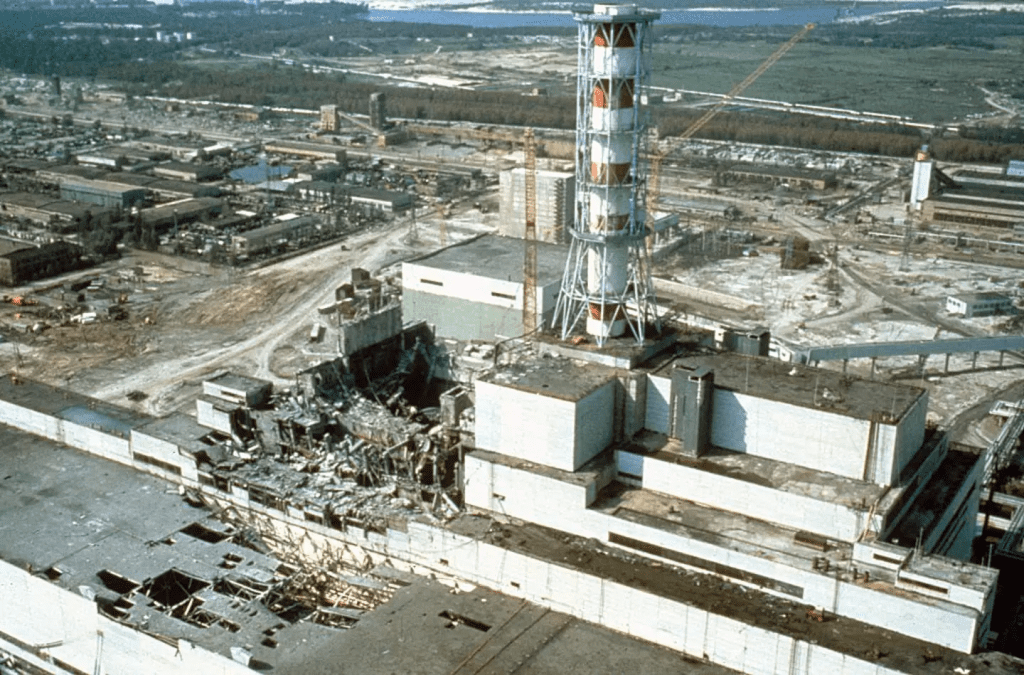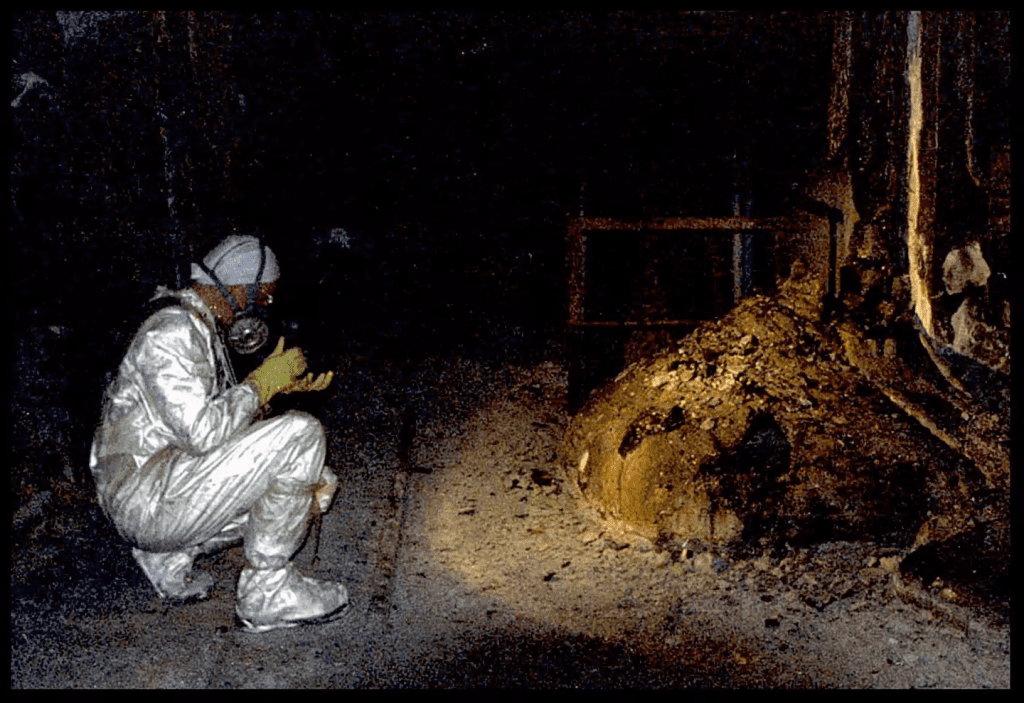A man faced severe health issues after coming into contact with what is considered the most dangerous object in the world. This object, known as the “Elephant’s Foot,” is a deadly remnant from one of the worst nuclear disasters in history.

In 1986, the Chernobyl Nuclear Power Plant in Ukraine experienced a catastrophic failure that shook the entire world. On April 28, the plant’s flawed Number 4 reactor exploded, releasing at least 5% of its radioactive core into the environment. The explosion killed dozens of people instantly, and around 350,000 people were evacuated from the contaminated area. To this day, the area surrounding the plant is largely uninhabited, with little to no human life remaining. It is often referred to as a “ghost town.”
While thousands of people were evacuated, a team of experts was assembled to prevent further disaster and manage the remaining reactors, including one radiation specialist, Artur Korneyev. He arrived at Chernobyl shortly after the explosion and worked for three years to help remove radioactive material from the plant.

Korneyev’s job was to locate the remaining nuclear fuel and measure radiation levels to limit exposure for other workers. Though much of the radiation was released into the atmosphere during the explosion, nearly 200 tonnes of uranium and its radioactive by-products remained inside the plant, continuing to pose a serious risk. These materials could heat up to such high temperatures that they would cause the surrounding concrete and structures to melt. However, once cooled, the substance resembled hardened lava and was extremely hazardous to even approach.
The “Elephant’s Foot” was a large, highly radioactive mass of material that formed after the explosion. Spending just 30 seconds near it would result in dizziness and extreme fatigue due to the immense radiation levels. Despite the danger, Korneyev and his team had to move it out of the way, often using their boots or shovels.

As a result of his exposure to the intense radiation, Korneyev suffered from cataracts and various other health problems. Due to the risks to his health, he is no longer allowed to enter the Chernobyl plant. However, Korneyev’s experience played a critical role in raising awareness of the ongoing dangers at Chernobyl. After observing the damage, he was one of the first to alert Western experts that the sarcophagus built around the reactor could eventually leak, potentially releasing more radiation.
This led to international cooperation, with seven nations agreeing in 1995 to fund efforts to stabilize the plant. These efforts eventually resulted in the closure of the remaining reactors at Chernobyl, with the last one shutting down in 2000.


